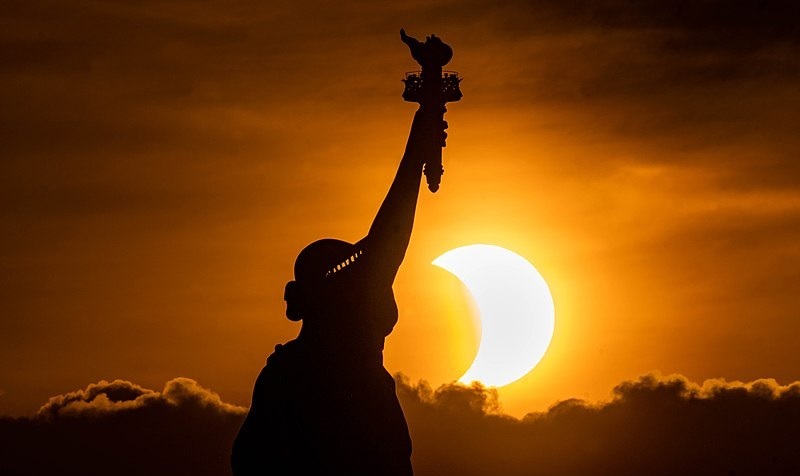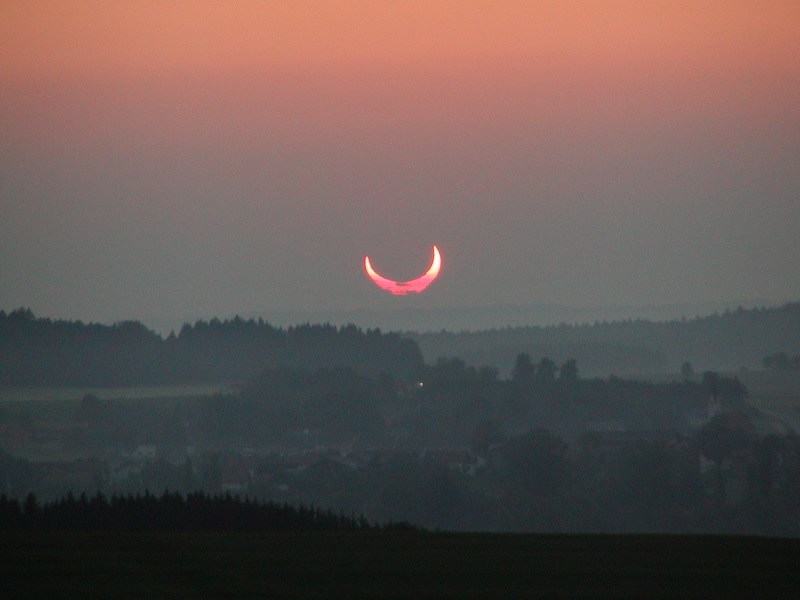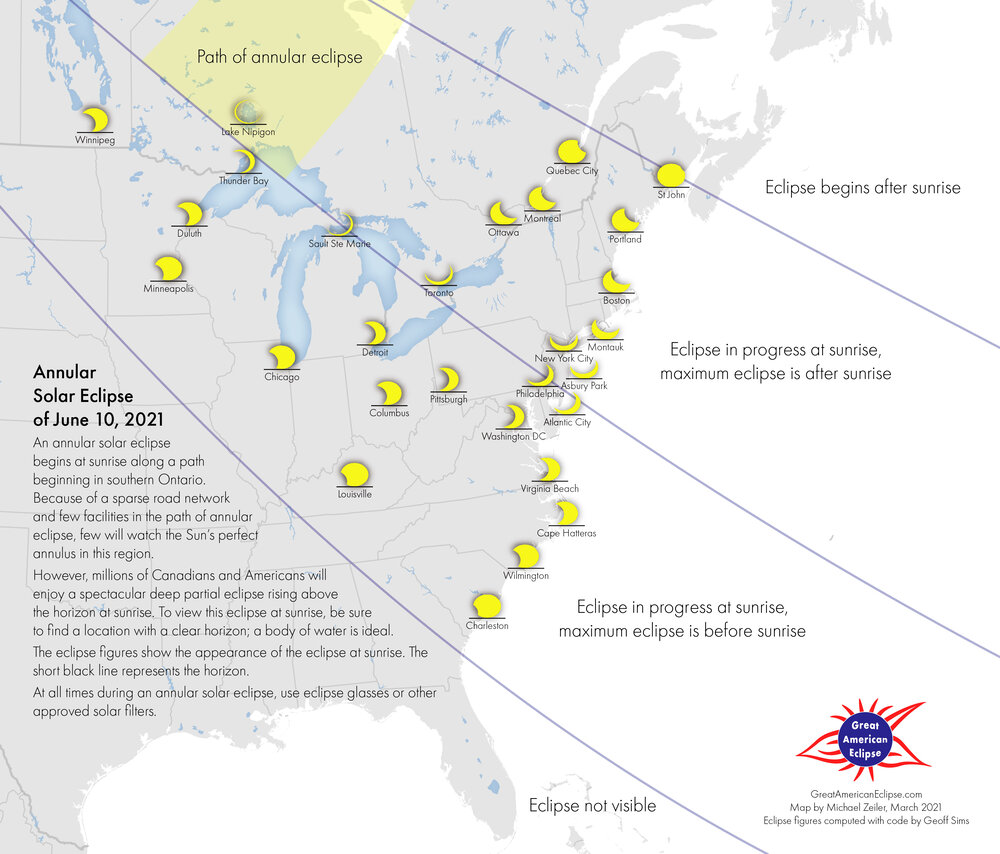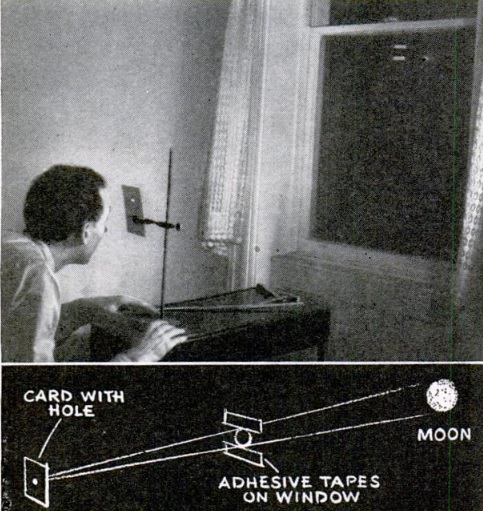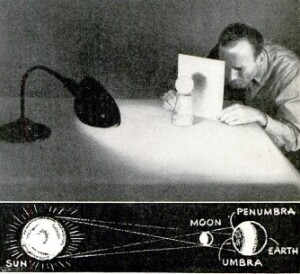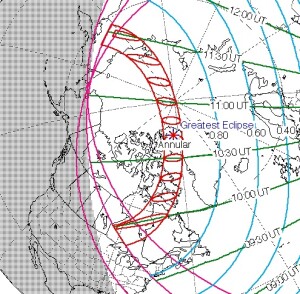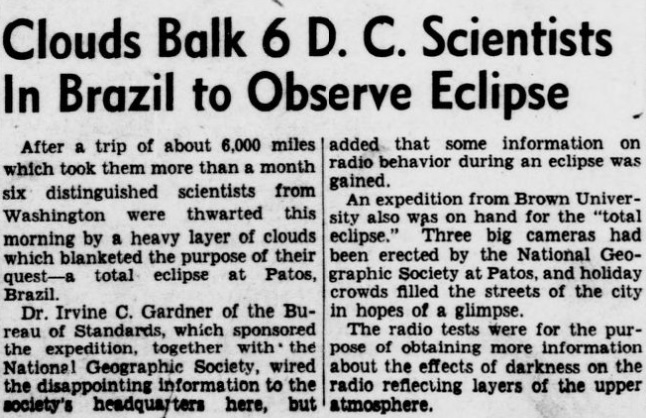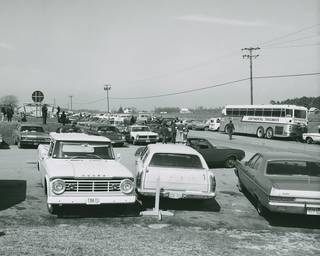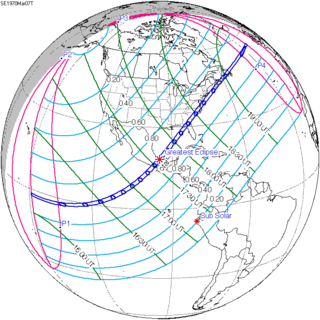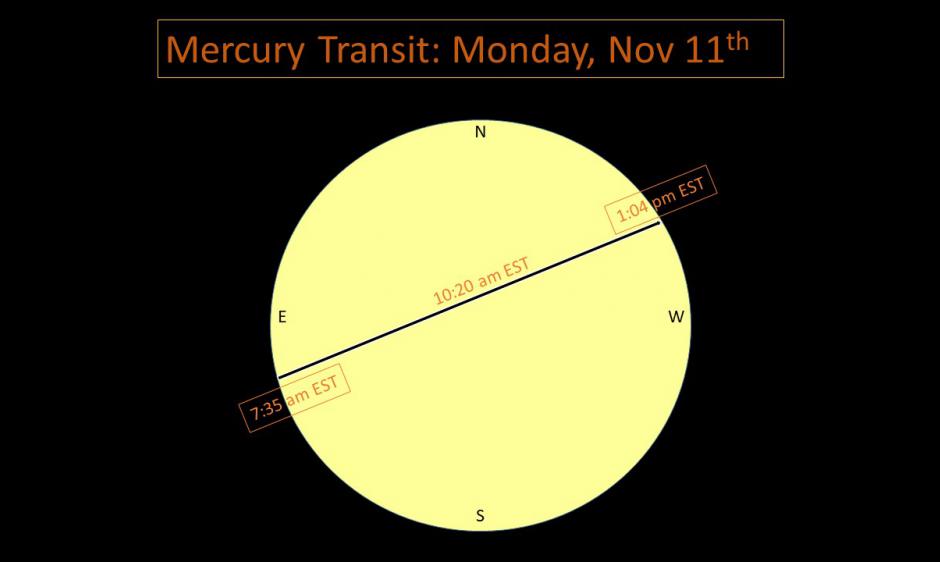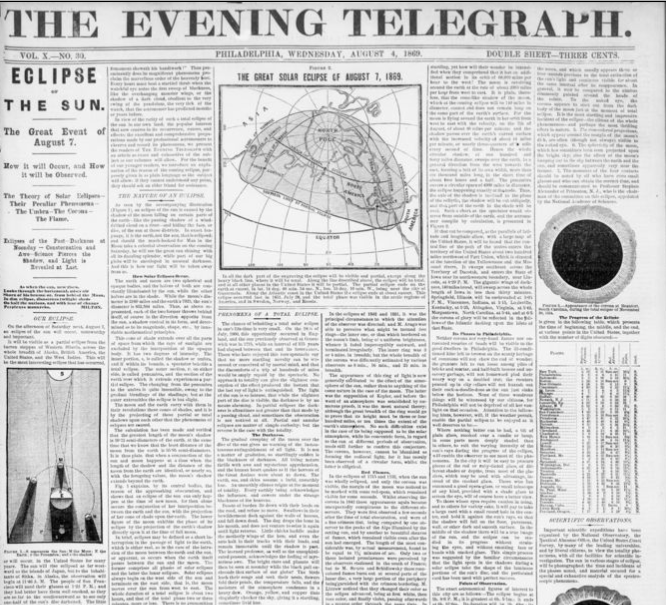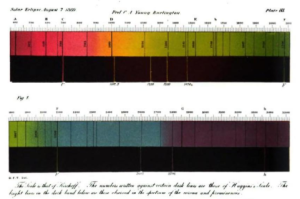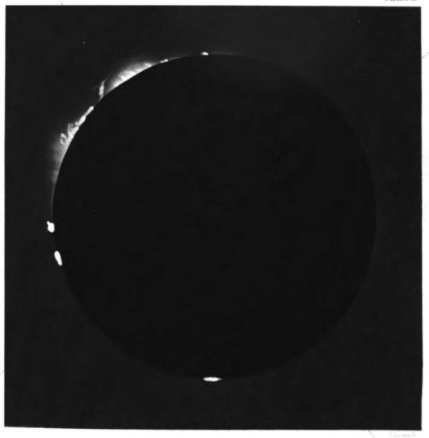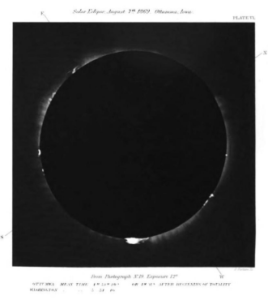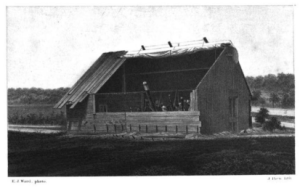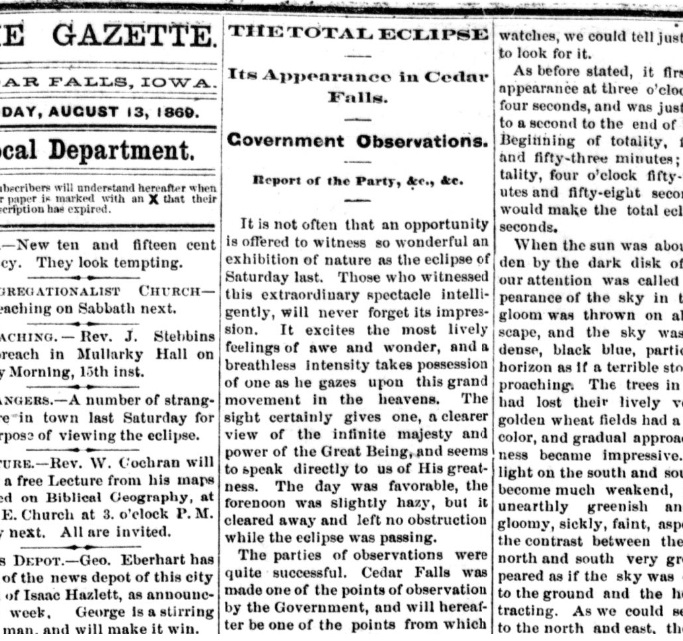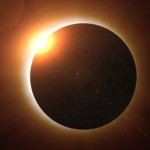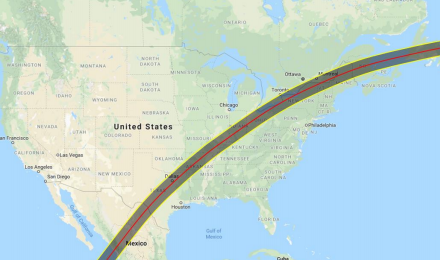
2024 Eclipse Path. NOAA image.
As we did in 2017, OneTubeRadio.com will provide full coverage of the April 8, 2024, total solar eclipse, which will take place two years from today.
For the 2017 eclipse, hotel rooms and other accommodations started becoming scarce a few months prior to the eclipse. A few rooms remained available up until two weeks prior to the eclipse.
In general, most hotels allow you to make reservations one year in advance. Therefore, if you plan to see the eclipse in an area experiencing totality, which we strongly recommend, then you should plan on booking a hotel room on April 8, 2023. For the 2017 eclipse, we booked a fully refundable hotel room, so there was no risk if we changed our plans. In 2024, we’ll probably view the eclipse in Texas, although our plans are not settled. For the 2019 annular eclipse, we had contingency plans that included both a hotel and campground in Canada, and a campground in the U.S. Since the border was still closed, we cancelled the Canadian reservations, since we made sure to get fully refundable ones.
Speaking of annular eclipses, there is one of those on October 14, 2023. That event, while interesting, is nowhere near as breathtaking as a total eclipse. So if you happen to be close, you should take in the 2023 event. But the 2024 total eclipse is in an entirely different league.
The 2024 total eclipse will be visible in parts of Texas, Oklahoma, Arkansas, Missouri, Illinois, Indiana, Ohio, a tiny piece of Michigan, Pennsylvania, New York, Vermont, New Hampshire, and Maine. The path of totality also passes through Mexico and Canada. Major cities in the path of totality include Dallas, Little Rock, Indianapolis, Buffalo, Cleveland, and Montreal.
Please don’t be confused when you hear about “percentages” of eclipse. Some people are lulled into believing that since they will experience a “90% eclipse” at their home, or even a “99% eclipse,” that there is no need to travel. This is a big mistake. Even with a 99% eclipse, the experience is completely different from a total eclipse. Unless you are paying attention, you might not even notice the 99% eclipse. But you’ll definitely notice the total eclipse just a few miles away, since it will become noticeably dark outside.
Also, in late 2023 or early 2024, you should order your eclipse glasses.
If you have kids who will be in school, plan on taking them out of school that day. Unfortunately, the 2017 eclipse showed that American schools had an irrational fear of the eclipse and actively prevented children from witnessing it. If you believe that your child’s school is more enlightened, then on the first day of the 2023-24 school year, you should have your children ask the science teacher if the school is planning a field trip to see it. If the teacher balks, then your children should let him or her know that they will be absent the day of the eclipse.
This is an entirely reasonable request for most schools. For example, students in Chicago could be placed on a school bus and taken to see the eclipse only a couple of hours’ drive away in Indiana. The expense will be less than other field trips taken to amusement parks, movies, etc. This is true for schools in many cities. They have the opportunity to let the kids witness an amazing scientific event, but only if they do some basic planning.
But I predict that this won’t happen, since most schools won’t think of the possibility until after it’s too late to make the necessary plans, or they’ll have the same irrational fears that showed up in 2017. It’s the duty of the students to pester the administration so that the necessary plans are made sufficiently in advance. And as I explained in 2017, if the school fails to act, then it’s reasonable for children to skip school on April 8, 2024.

